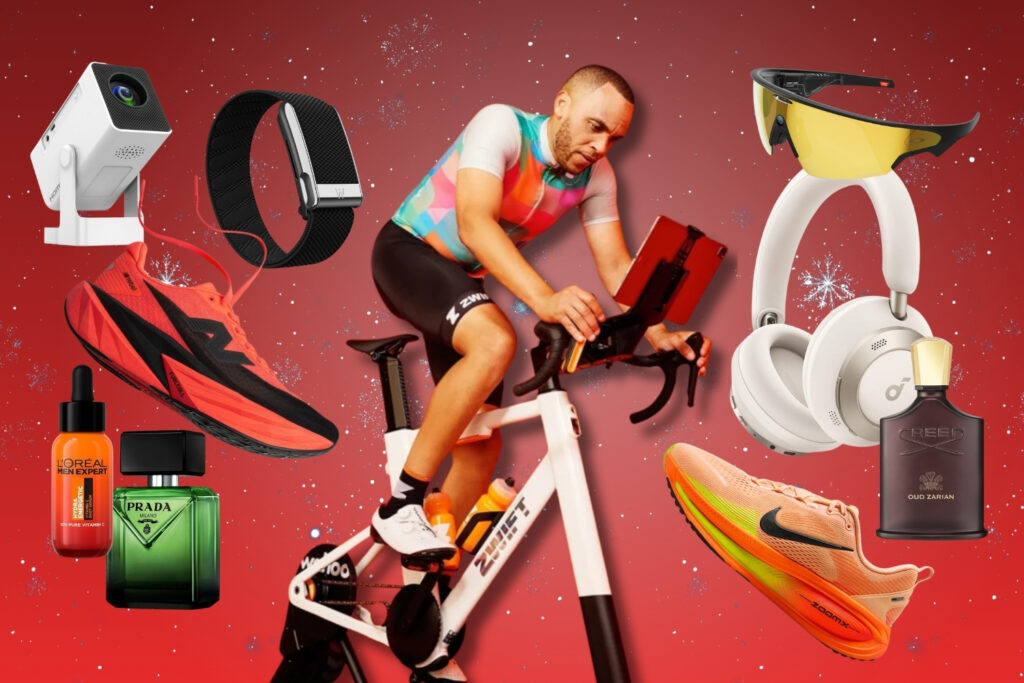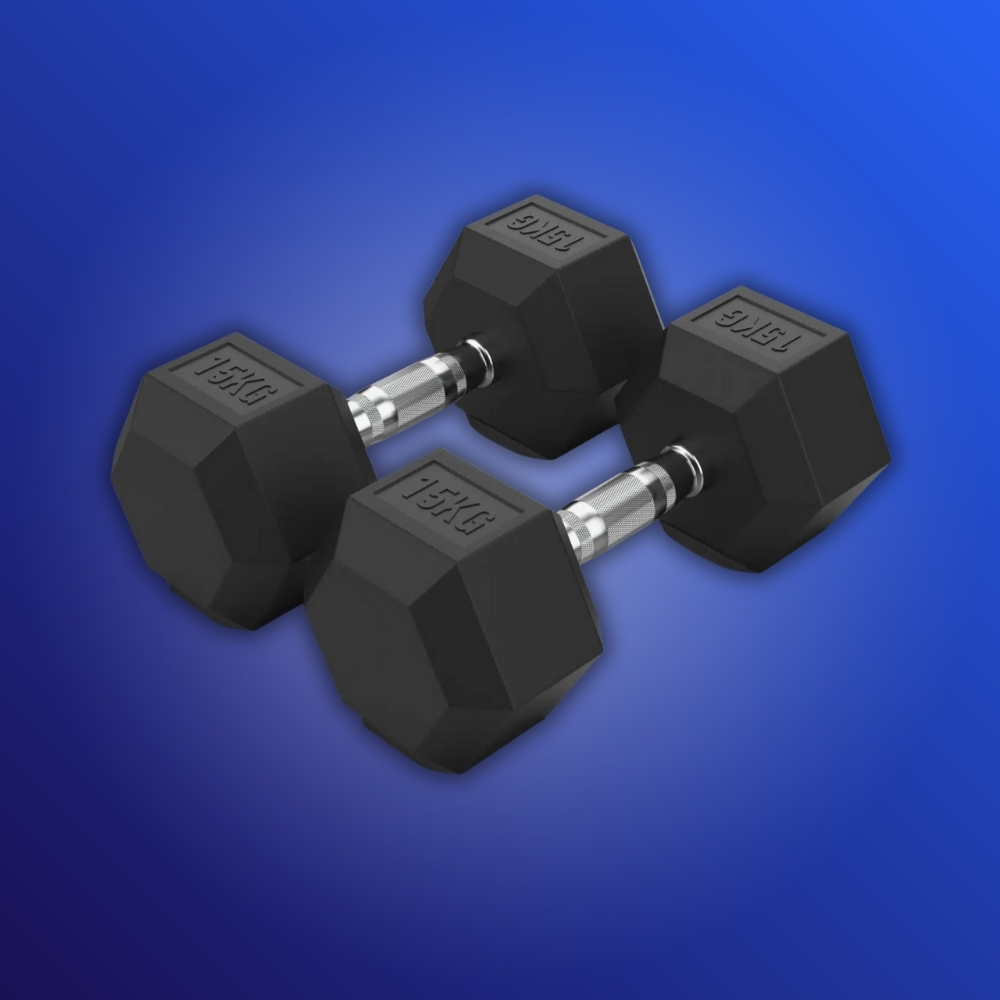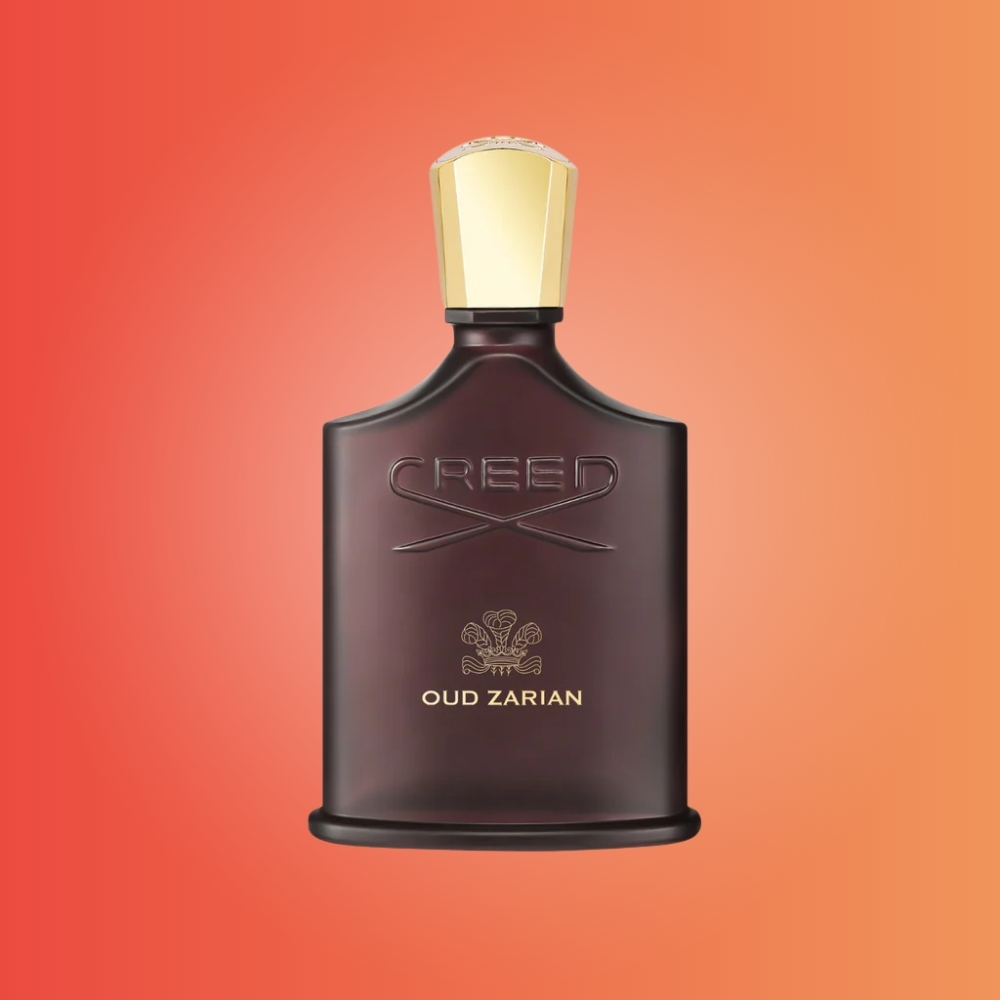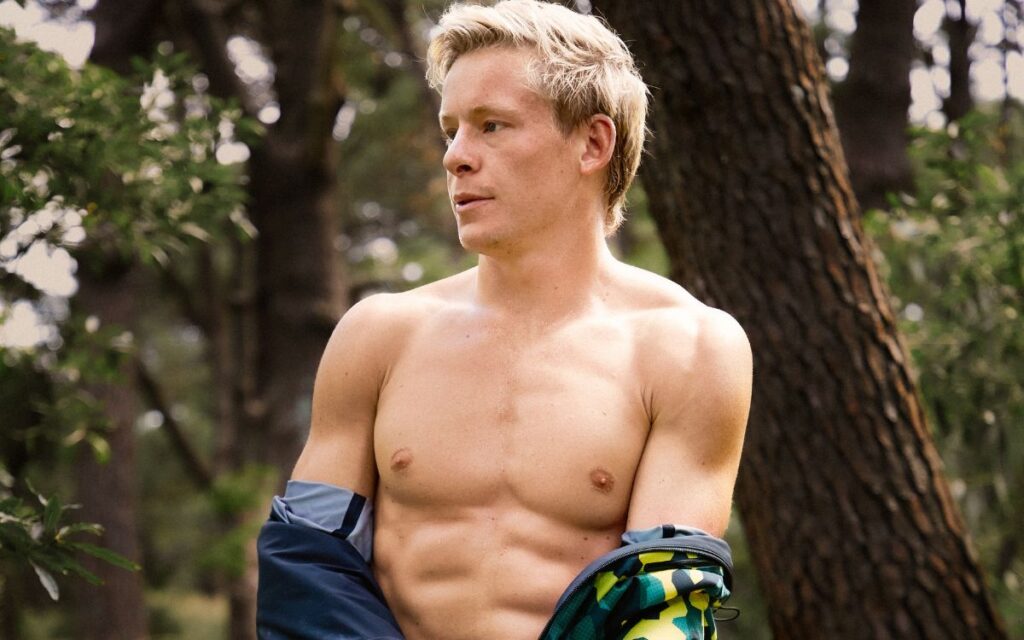Actor Hugh Sheridan began a 12-week transformation early last year before covid-19 changed the world. With his career abruptly put on hold and doubts about whether this story would ever make it to print, Sheridan chose to keep training in isolation. The experience would stretch him to his physical and mental limits, but in the process he would find strength within he had forgotten he possessed.
Before
As he hit his mid-thirties Sheridan’s waistline was beginning to wander. Keen to tone up and add muscle, he began this challenge filled with optimism. Then came COVID.
Weight: 89KG
Body fat: 14%
After
Despite formidable obstacles and numerous crises of confidence, Sheridan managed to nuke his love handles and carve eye-popping definition. In the process he built something else: character
Weight: 79KG
Body fat: 8%
Here’s how he did it:
Role of a Lifetime
I’m probably not the person you think I am. I play someone that’s the quintessential Aussie bloke, great at footy, great at surfing, all that sort of thing. I can play Ben Rafter, because I know him. And a huge amount of that character probably is me, but there’s a great deal about him that’s not me at all. Growing up, I did play a bit of AFL. I wasn’t very good. I don’t want to say I was a wuss, but I just wasn’t really into getting hit. I was much more of a drama kid. Before I was five, I wanted to be a singer like my dad. And then when I turned five my parents put me into acting class.
“I was looking in the mirror and just picking myself apart”
From then on I was like, ‘I’m going to be an actor’. But I’ve never been a very confident person, which a lot of people might find strange. I was really bullied at school because I wasn’t sporty and I was different. I was a pretty introverted kid. I also had acne. But I found ways of getting through, one of which was movies. I loved movies. When I turned 16, I auditioned for the Australian Ballet School and got in. It was so hard mentally and physically. I have so much respect for dancers. In Australia we have such incredible dancers, but I don’t know whether we appreciate just what goes into it. I think that dancing background is why I’ve found it a little bit easier to condition my body, at least for most of my 20s. If you’re training at an elite level when you’re only 16 or 17, which are such important years of growth, you’ve got a better chance of that sticking around. I saw this 12-week challenge as an amazing opportunity. Perhaps because I didn’t grow up a hugely sporty person, I have an insecurity that I’m not good enough. I think I’m doing this just for me, to say you canbe this person. It doesn’t matter whether you were sporty at school or not. You can grow up and be that person.
Shock Therapy
The first session with Jono [Castano], my trainer, I felt dizzy and sick pretty quickly. I was trying to act cool. He wasn’t giving me heavy weights or anything, but I was like, ‘I’m going to vomit. I’m going to the bathroom’. I swore I was going to throw up and then I just started seeing dark spots. I said, ‘I’m going to faint. I’m going to faint’. So, I sat down on the floor and I thought because I was boiling hot, I’d put my head on the tiles to cool off. But they were heated. So, I was lying on these heated tiles, I couldn’t move and I was so ill. I was the most out of shape I’ve ever been. I really just thought, ‘What the fuck have I done? This is awful’.
“Because I didn’t grow up a sporty person, I have an insecurity that I’m not good enough”
As I lay there I honestly didn’t know if I was going to be able to do this. But I thought about it and I was like, ‘No, you can. You have to. Because what are you going to do? Just give up?’ I was like, ‘If I can’t do it now it’s going to be even harder next time’. Going into the challenge, my biggest fear was time. I never felt like I had the time to do it. For example, I would be shooting all day in Sydney on Back to the Rafters and then I’d fly to Melbourne to shoot Five Bedrooms on a Friday morning. But then I would fly back to Sydney that afternoon to shoot here and then fly to Adelaide that night. Saturday was my solo show at The Fringe. I would have two shows that day. One at 4:30 and one at 11pm and then two on Sunday. Then I’d fly back here and I’d be shooting again. That was hard for Jono and it was hard for me. But what I’ve learned is that you do have time. It just depends how much you want the result. One of my housemates had a saying written on his wall that said, ‘Discipline is just the difference between choosing what you want now and what you want the most’.That really resonated with me. It could be as simple as not looking at Instagram before you go to bed or deciding whether or not to make a phone call. It’s about making the time. I really had to make the most of everything.
Script, Flipped
We were in the middle of shooting Back to the Rafters, like actually filming a scene, and we got called out into the backyard and they said, ‘Everybody put down your tools, it’s time to go home’. It was a little bit scary. All of my jobs stopped at the same time. And that created a whole new array of problems. I had been really looking forward to Back to the Rafters finishing, because then I would only be shooting Five Bedrooms and I thought that I was going to be able to really focus on the training.
There had been times when I’d been like, ‘I wish I could just focus on my body’ and then suddenly you do have the time. But the challenge that came with COVID was that the gyms closed down. Suddenly, there was a lot to learn about how this was going to be possible. But I said to myself, ‘I’ve come so far. I just want to keep going with this’. It was the one thing that I’d started that was going to be consistent in my life. And so, I thought, ‘It’s good to hang onto that because a lot of people have lost their work and they’ve lost everything, they don’t know what to do’. And I thought, ‘Well, at least I’m still going to have this goal’.So, I stuck with it. I bought a bunch of weights and put them out on my deck. I put together a very makeshift gym. I had dumbbells. I didn’t have a bench, so I’d set up towels on the ground to do bench presses and then use a deck chair to try and do shoulder presses. And I got my basketball and started using that for core work
Before COVID happened, Jono left to go to LA for three weeks. I rang around some friends in Bronte where I was staying and they recommended this trainer called Sean Aalders. I said, ‘I’m kind of struggling a little bit’. And he said we could train in the park his. So, the three of us would train at a safe distance in the park. I started to realise one of the benefits of lockdown is that in separation there’s also a lot of coming together.At the same time, I did have to train on my own a lot and that started to challenge me in different ways. I’d wake up and go, ‘How the hell am I supposed to keep doing this?’ One of the things that initially frustrated me when we lost the gym was that I wanted to gain more size. I basically had to rely on doing lots of bodyweight reps because none of my weights were anywhere near as big as what they had at the gyms and you couldn’t really hire equipment. It was frustrating because when we started I would look in the mirror and even though I don’t think I was so terrible to begin with, there was a lot about myself that I didn’t like.
I felt like I was starting to lose the mass that I’d put on before COVID in the gym. I started looking in the mirror and just picking myself apart, which I guess a lot of people probably do in isolation because you’ve got time to do it. You’ve got more time to go, ‘Oh God, my arms are shrinking’ or ‘My abs are disappearing’.So, one morning I put on a meditation. There’s a great motivational speaker I love alled Esther Hicks. She said, ‘All I want is for you to look in the mirror and like what you see’. And then she said, ‘Once you like it, everything will start to change’. So, I stood there in the mirror and took the time to really look at myself. I said, ‘Hugh, you’re doing a really good job. The transformation is working’, and basically, ‘I love you’. Then I laughed. I felt like an idiot and I enjoyed that.Then things did start to change. My attitude to training by myself changed and I actually started to go, ‘This is good. This is fun. I’m going to put on music. I’m going to do the best that I can and watch the results come’.
Strength lies within
I’d been thinking about an idea for a movie for about four years. I’d never written a film before but in this period of isolation I sat down and I started writing about when I was 16 and left home to study ballet. I had gone through some old boxes and found diaries from that time. They were a real eye-opener. I’d forgotten how hard it was.I couldn’t believe that I was writing this stuff when I was 16. It was great inspiration for the film, but at the same time it was a massive inspiration for me in training because I was starting to remember how strong I am. I was writing about the only time in my life where I’d suffered depression. Going back to that time reminded me what an amazing achievement it was that I got through it. And I felt like, if I got through that – and it was very hard – I can totally get through this. Because I had forgotten.
I’d forgotten who I was.The film poured out of me. My most creative time for writing was at night. I would be typing away, then the next thing you know you hear the kookaburras and the sun’s coming up. Then I was like, ‘Oh my God, I have to train today. What the hell am I doing?’It came down to relinquishing control and saying, ‘It’s okay, this is an unusual time. You’re going to get through this one way or another. Just keep going’.
“All the odds were stacked against me, but I managed to get here”
The film is called The Dance. A guy that I know from the early Packed to the Rafters days is going to produce it. I’m really proud of it but the truth is I never would have done it if it hadn’t been for COVID. I never would have actually sat down and written a film that was so healing for me to write. This transformation has been far better than I could have imagined because of the obstacles I’ve faced. All the odds were stacked against me, but I managed to get here. I never thought that I would be able to get through this. But that’s because I forgot. When I looked at those diaries I was like, ‘You are strong’. And it reminded me, we are all capable of so much more than we think.
The workout
After a disastrous beginning, trainer Jono Castano (@jonocastanoacero) reveals how he and Sheridan battled dislocation and isolation to achieve a result that speaks to strength of mind and body.
“The first session with Hugh really kind of shook him. Most people think of intense training as around 70 per cent of your max. But when you have a trainer there’s no mucking around.
It’s 100 per cent and there’s no skipping reps, you’ve got to be accountable. I know he got sick. It was just new to him and it really affected him. There’s always going to be obstacles and that shows the character of who you are. He had a lot of travel, then I had to go to LA as well.
So, there was a lot of online communication between us, even before COVID. At the end of the day, you can’t rely on being with a trainer every single day. It just shows that if you learn the program and you stick to it, you can get great results, even if you’ve got a busy schedule or you’re travelling.
The first six weeks we were in a gym. We never really went too heavy because of his schedule. With an actor, if you go heavy, he could get injured or he could be too sore the next day, to the point where he physically can’t act. So, what I did was lower the load, focus on the tempo and then really just got creative with the choice of exercises.
As soon as COVID started the gyms shut. To build muscle solely through bodyweight movements is very difficult. Sure, you’re going to create a lot of tension, but there’s no progressive overload. He was kind of fighting for survival with these 12kg dumbbells.
So, we did what we could. He trained on his balcony with two dumbbells, a mat and a basketball. It just shows how effective dumbbells and bodyweight can actually be if you’re committed to it.
With nutrition, he used a company called Bondi Meal Prep. Week one to six he was consuming around 8300kJ a day. And then the last few weeks, we brought it down to 5800-6200kJ. The meals were simple. In terms of protein it was beef, salmon, chicken. For carbohydrates it was sweet potatoes or white potatoes and rice. For fibre you’ve got broccoli and beans.
He was using a WPI for protein and amino acids during his workouts. And he took multivitamins as well.Overall, he managed to keep a lot of the muscle in iso that he’d built in the gym. That’s a testament to him, his character and determination.”
Sheridan’s Iso Regimen
PUSH-UPS
100 reps for time
Assume a push-up position, then lower your body until your chest touches the ground. Push back to the starting position. Track progress each week.
DUMBBELL BENCH PRESS
20, 15, 12, 10, 5 reps
Lie on your back with a set of dumbbells raised above your chest. Lower slowly until your arms touch the ground, then push back up.
HOLLOW HOLD
30 secs on, 15 off x 5
Lie on the ground with your arms by your side. Lift your legs together while raising your neck and hold. Lower back to the starting position.
BASKETBALL SIDE CRUNCH
15 reps each side x 5
Lie on your side with your feet together. Hold a basketball above your head and lift your torso as high as you can. Lower to the starting position.
TRICEPS DIP
20, 15, 12, 10, 5 reps
Grip a chair with your feet extended. Lower your body until your arms are parallel to the ground before pushing up. Raise feet for added tension.
SEATED SHOULDER PRESS
20, 15, 12, 10, 5 reps
Sit in a chair holding dumbbells at shoulder height. Raise above your head until dumbbells touch, then lower back to the starting position.













